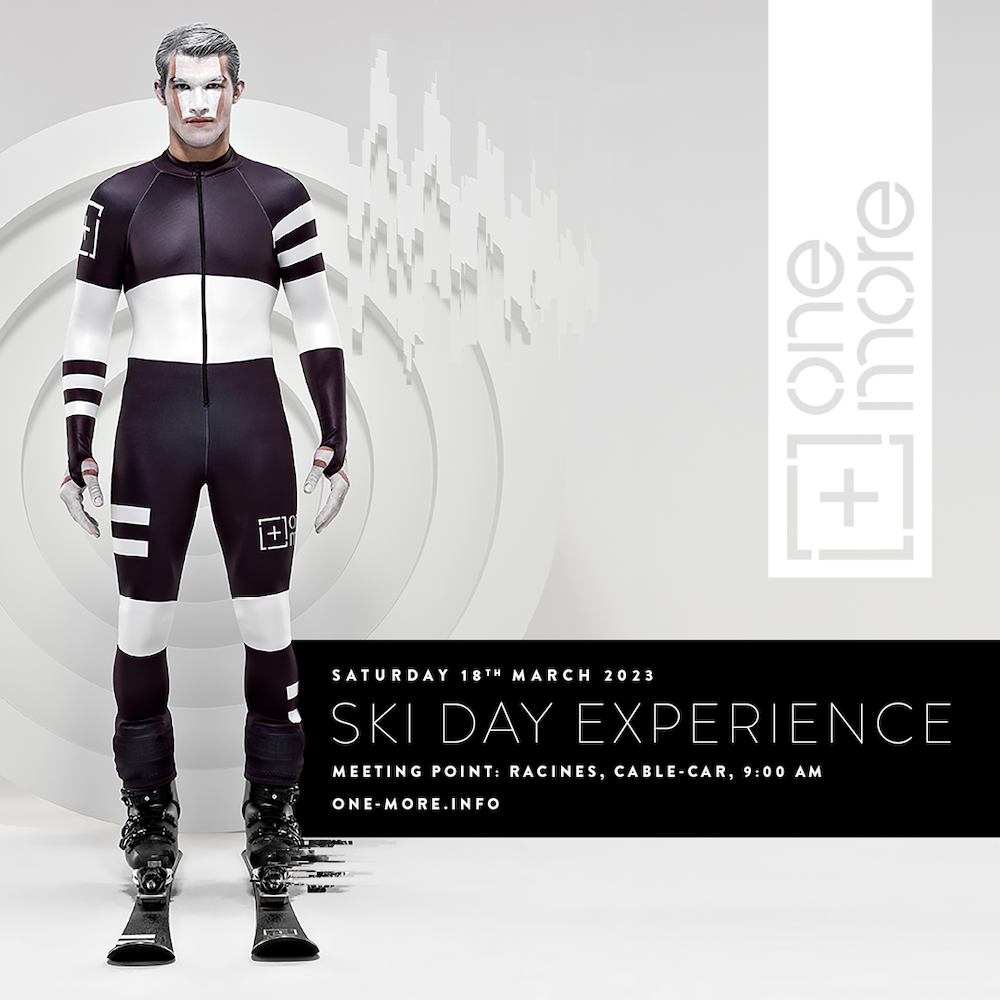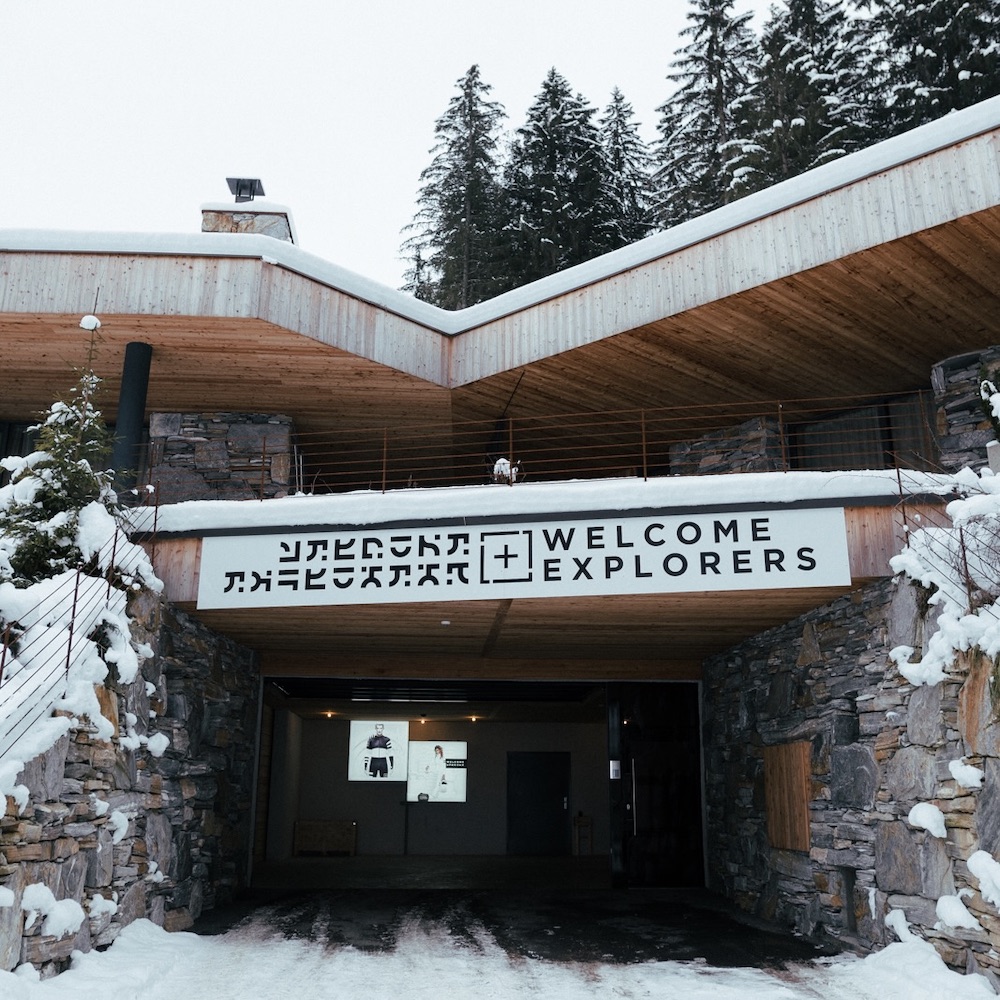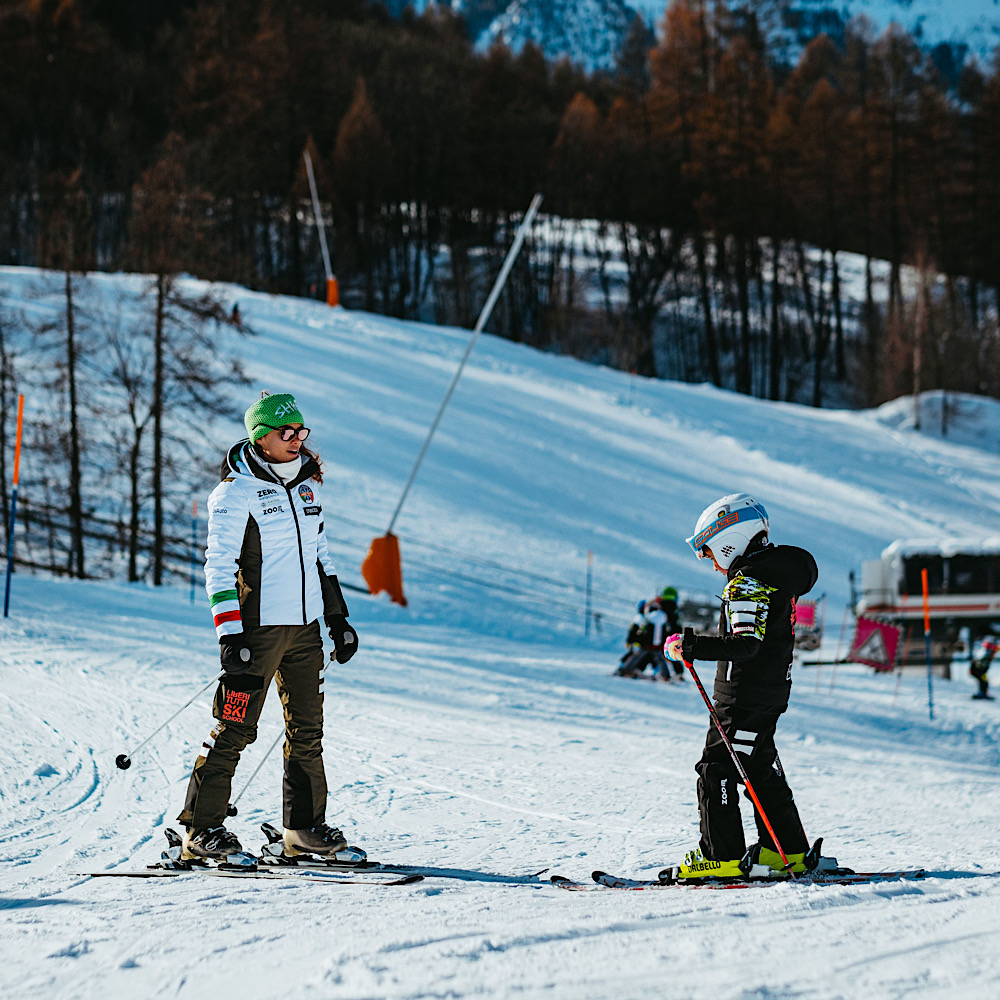Cradle to cradle means that the raw materials used in production processes must be natural elements and, therefore, must be recyclable. All that is needed to manufacture and produce something is raw material. What remains of the product once it has been used, is, instead, a secondary raw material, which allows saving – if recycled – on other raw materials.
If we think about it, with this reasoning there could be a world in which creating wastes makes sense: the sense of creating products that, once they have fulfilled their purpose, return to the biological cycle or to the technical production cycle of new objects. We are overpopulating this planet and raw materials are running low.
My idea has always been to give new life to food waste, such as apple scraps, that otherwise are disposed of or incinerated. So, ApplePaper and AppleSkin were born. ApplePaper is a special graphic paper that can be used for books, brochures, shopping bags, packaging, letter writing paper and envelopes: once it is useless for its purpose it can be recycled or used as compost. AppleSKin, instead, is a fabric produced using apple fibres. It too can be recycled and given a second life.


